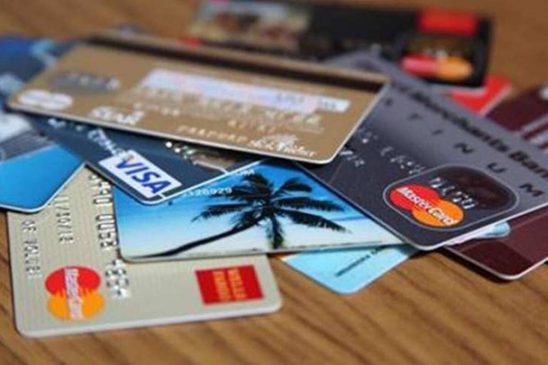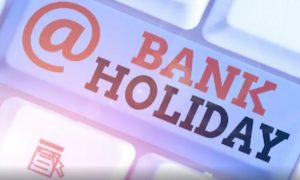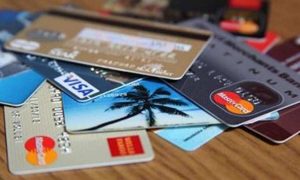Your credit score is a three-digit number that represents your creditworthiness, or how likely you are to pay back loans and credit card debts on time. It is used by lenders, landlords, and other financial institutions to determine your eligibility for credit products and services, as well as the terms and conditions they offer.
A high credit score indicates a good credit history and can lead to better loan and credit card terms, while a low credit score may result in higher interest rates and less favorable terms. That’s why it’s important to regularly check your credit score and take steps to improve it if necessary.
Read More: Senior Citizen Fixed Deposit Interest rate: Bank Of Baroda now offers up to 7.8%
Here’s a step-by-step guide on how to check your credit score:
1. Obtain a copy of your credit report: You can request a free copy of your credit report from each of the three major credit bureaus (Equifax, Experian, and TransUnion) once a year through AnnualCreditReport.com. Your credit report is a detailed record of your credit history, including all of your credit accounts, loans, and payment history.
2. Review your credit report for accuracy: Once you have your credit report, review it carefully to make sure all the information is accurate. If you spot any errors, such as incorrect account balances or incorrect payment history, contact the credit bureau and request that they be corrected.
3. Check your credit score: Your credit score is not included in your credit report, but you can purchase it from the credit bureau or a credit score provider. Alternatively, some credit card companies, banks, and financial institutions offer free access to your credit score as a benefit to their customers.
Read More: Ashneer Grover earned Rs 2.25 crore in just 8 minutes, here’s how
4. Understand your credit score range: Credit scores range from 300 to 850, with higher scores indicating a better credit history. A score of 700 or above is generally considered good, while a score of 750 or above is considered excellent.
5. Identify areas for improvement: If your credit score is not as high as you’d like, take a look at the factors that are affecting it. Your credit report will indicate your credit utilization (the amount of credit you are using compared to your credit limit), payment history, and the length of your credit history, among other things. If you have high credit card balances, for example, you may want to pay down your debts to lower your credit utilization. Similarly, if you have a history of late payments, you may want to make a plan to pay your bills on time in the future.
6. Monitor your credit score: Regularly checking your credit score and credit report will help you stay on top of your financial health and identify any potential problems early on. You can set up alerts with the credit bureaus or a credit monitoring service to notify you of any changes to your credit report.



































